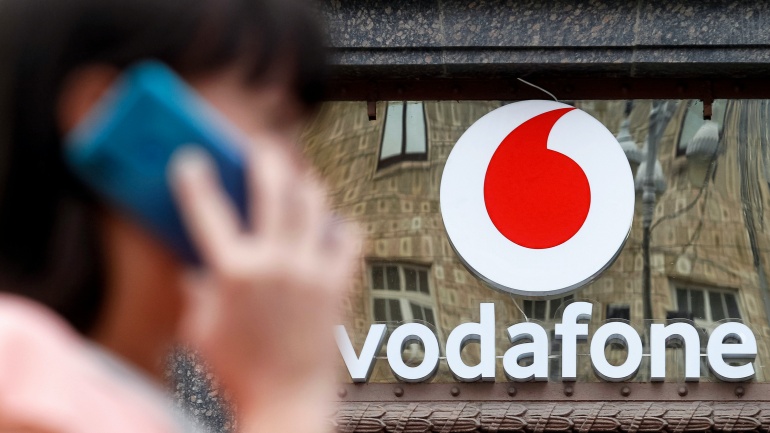The multinational telecommunications company, Vodafone, has committed to reduce its global carbon footprint that is generated as a result of its business operations to net zero by 2040.
The company has already outlined a number of actions to reduce the environmental impact of its activities. It has set a new goal of stricter targets for the wider business and related third parties. As stated by the company, by 2030 all carbon emissions from its activities and the energy purchased and consumed will be eliminated. Vodafone has also committed itself to halving the use of its carbon footprint from Scope 3 sources, including joint ventures, all supply chain purchases, products it has sold and business travel by 2030.
The group plans to completely eliminate emissions from Scope 3 by 2040. This plan will shorten the original projections by ten years, as the operator initially set a net zero target for all of its activities, including Scope-3 sources, by 2050.
In addition, Vodafone has announced that the Science Based Targets initiative has endorsed the proposed carbon reduction targets for 2030. The company claims that these actions are in line with the highest global standards of carbon reduction.
Back in 2019, Vodafone committed to buying all of its required electricity from renewable sources, cutting its environmental footprint in half by 2025. Also, by July of 2021 at the latest, the company will power its European network 100% with renewable electricity and exclusively use only wind, solar or hydropower.
Furthermore, in September of 2020, Vodafone issued a warning to its suppliers detailing its planned assessment of the environment and indicated that its societal commitments encompass the companies it partners with.
Vodafone made public its first €750 million green bond in May of 2020, in order to finance or refinance projects to help achieve the company’s environmental goals. They then reported which projects were eligible based on the use of funds and how those projects were selected.







